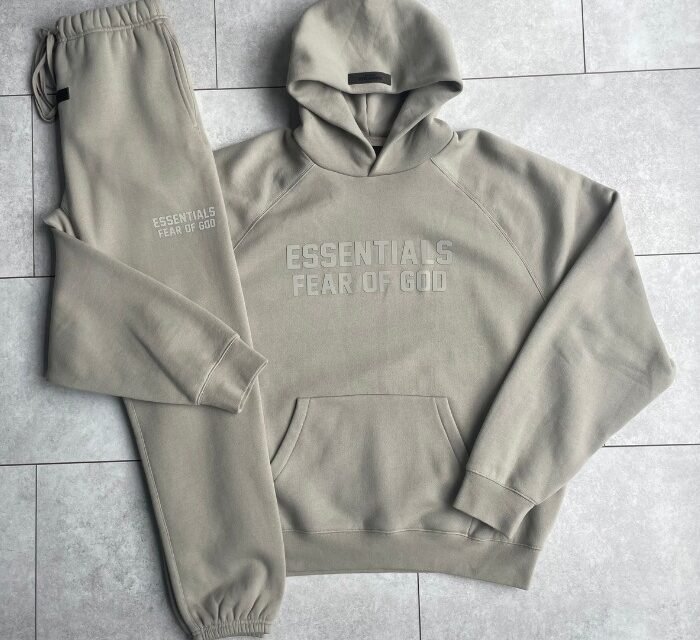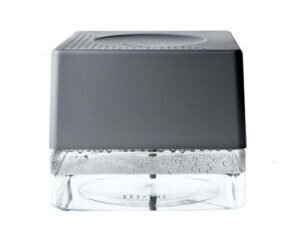Essential Clothing Comfort and Performance
Description
Going on a ski trip is an exciting adventure, whether you’re a seasoned pro or a first-timer hitting the slopes. But to make the most of your experience, proper clothing is crucial. Skiing and essential clothing snowboarding involve exposure to cold temperatures, wind, snow, and variable weather conditions. Wearing the right clothing can keep you warm, dry, and comfortable, enhancing your performance and safety.Here’s a comprehensive guide to the essential clothing you need to pack for your ski trip.
1. Base Layers: The Foundation of Warmth
The base layer is the first layer of clothing you wear next to your skin. Its primary job is moisture management — wicking sweat away from your body to keep you dry and warm.
Material: Choose synthetic fabrics like polyester or nylon, or natural fibers such as merino wool. Avoid cotton because it traps moisture and takes a long time to dry, which can leave you cold and uncomfortable.
Types: A fitted thermal top and bottoms (sometimes called long underwear or thermals) are essential. These should be snug but not restrictive.
Features: Look for flat seams to prevent chafing, and odor-resistant materials if you’re skiing for multiple days without laundry access.
2. Mid Layers: Insulation to Keep You Warm
Mid layers trap body heat to provide insulation. You’ll want to adjust this layer depending on how cold it is and your activity level.
Fleece Jackets: A lightweight fleece jacket or pullover is a popular choice. Fleece is breathable, insulating, and quick-drying.
Down or Synthetic Insulation: For colder days, a thin down or synthetic insulated jacket can provide extra warmth without bulk.
Versatility: Some skiers use multiple mid layers to customize warmth — for example, a fleece under a down vest.
3. Outer Layers: Protection from the Elements
The outer layer shields you from wind, snow, and rain. It’s the most critical piece for staying dry and comfortable on the mountain.
Ski Jacket: Choose a waterproof, windproof, and breathable ski jacket. Features like taped seams, adjustable cuffs, snow skirts, and ventilation zippers improve protection and comfort.
Ski Pants: Similar to the jacket, ski pants should be waterproof and insulated or at least able to fit insulating layers underneath. Look for reinforced cuffs and articulated knees for durability and mobility.
Materials: Gore-Tex and other similar membranes are popular for their balance of waterproofing and breathability.
4. Accessories: Key Details That Make a Big Difference
No ski outfit is complete without the right accessories. These small details protect your extremities and help regulate temperature.
Ski Gloves or Mittens: Waterproof and insulated gloves are a must. Mittens are typically warmer because fingers share heat, but gloves offer more dexterity.
Glove Liners: Thin liners add warmth and help wick moisture.
Ski Socks: Invest in high-quality ski-specific socks made from merino wool or synthetic blends. Avoid cotton socks to prevent cold feet.
Neck Gaiter or Balaclava: Protect your neck and face from windburn and frostbite with a neck gaiter, scarf, or balaclava.
Hat or Beanie: When not wearing your helmet, keep your head warm with a wool or fleece hat.
Helmet: Essential for safety, modern ski helmets often include insulation and vents for temperature control.
Goggles: Protect your eyes from UV rays, snow glare, and wind. Choose goggles with anti-fog coatings and lenses suited to the weather conditions.
5. Footwear and Extras
Ski Boots: Fit is everything. Boots should be snug but not painfully tight, providing support and control.
Boot Warmers or Heated Insoles: Optional but great for very cold conditions or people who get cold feet easily.
Casual Shoes or Boots: Bring waterproof boots for walking around the resort and après-ski activities.
6. Tips for Layering and Packing
Layering Strategy: The key to staying comfortable is layering. You can add or remove layers depending on activity and temperature. Start with your base layer, add mid layers, and top it off with your outer shell.
Fit and Comfort: Make sure all layers fit well together without restricting movement. You’ll be bending, twisting, and moving fast.
Pack Smart: Use packing cubes or bags to organize your layers. Bring extra socks and gloves in case they get wet.
7. What to Avoid
Cotton Clothing: As mentioned, cotton retains moisture and loses insulating properties when wet.
Heavy, Non-Breathable Clothing: Overly bulky coats or pants that don’t breathe will make you sweat, then chill you.
Ill-Fitting Gear: Clothing that’s too tight can restrict movement and circulation; too loose may let in cold air and snow.
8. Optional Extras for Comfort and Safety
Hand Warmers: Disposable or reusable hand warmers can be slipped into gloves or pockets on cold days.
Sunscreen and Lip Balm: The sun’s reflection off the snow can cause burns and chapping, even in cold weather.
Backpack or Hydration Pack: For longer days on the mountain, bring a small backpack with water, snacks, and extra layers.
Conclusion
Packing the right clothing for your ski trip can Essentials Hoodie make the difference between an unforgettable experience and a miserable one. Focus on layering: a moisture-wicking base, insulating mid layers, and a protective outer shell. Don’t forget accessories like gloves, goggles, and socks, which protect vulnerable parts of your body. Avoid cotton and prioritize breathable, waterproof fabrics to keep warm and dry.With the right gear, you’ll be ready to enjoy every moment on the slopes, no matter the weathe.
Features
Report abuse
Report abuse
Featured listings


























